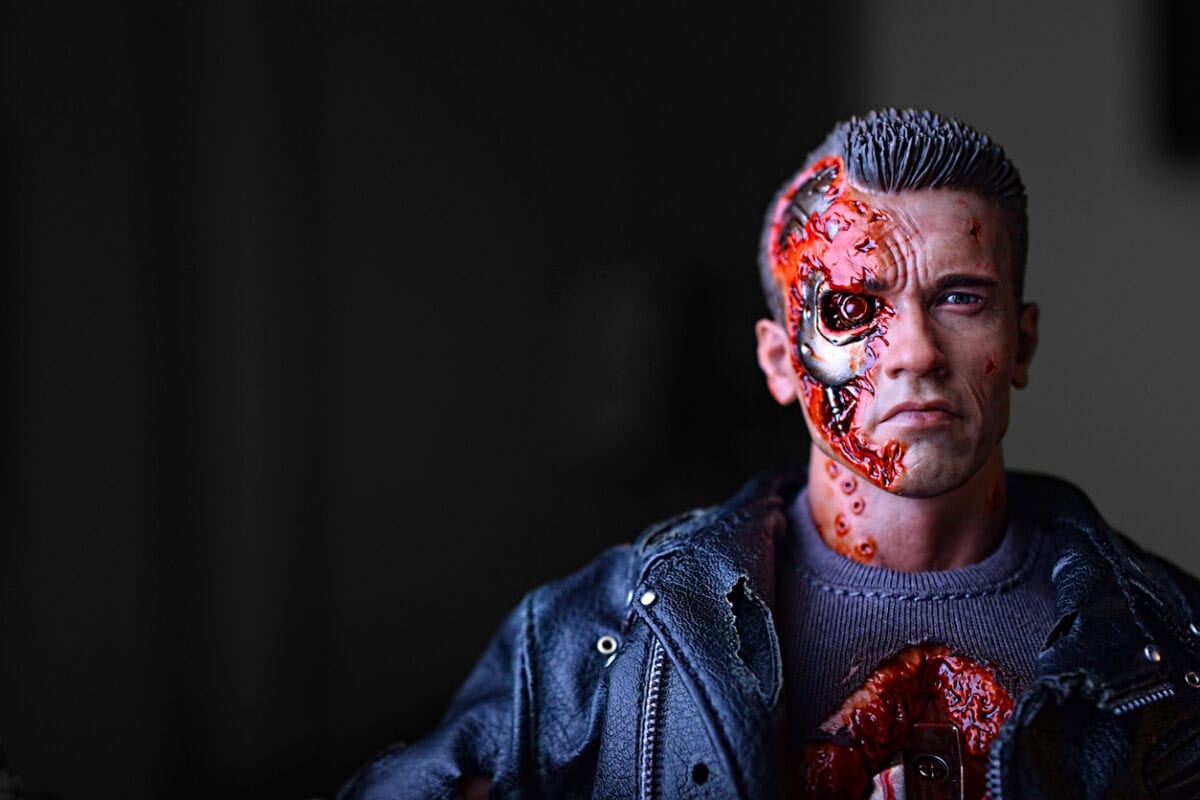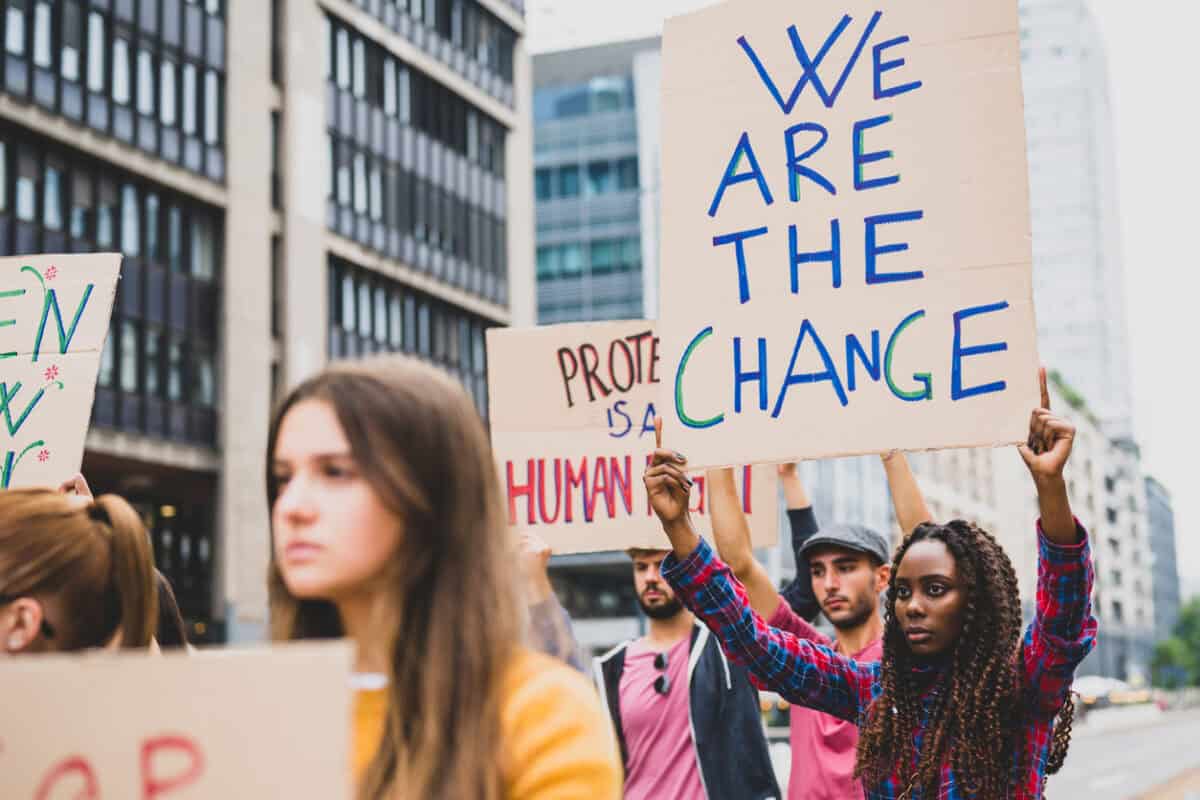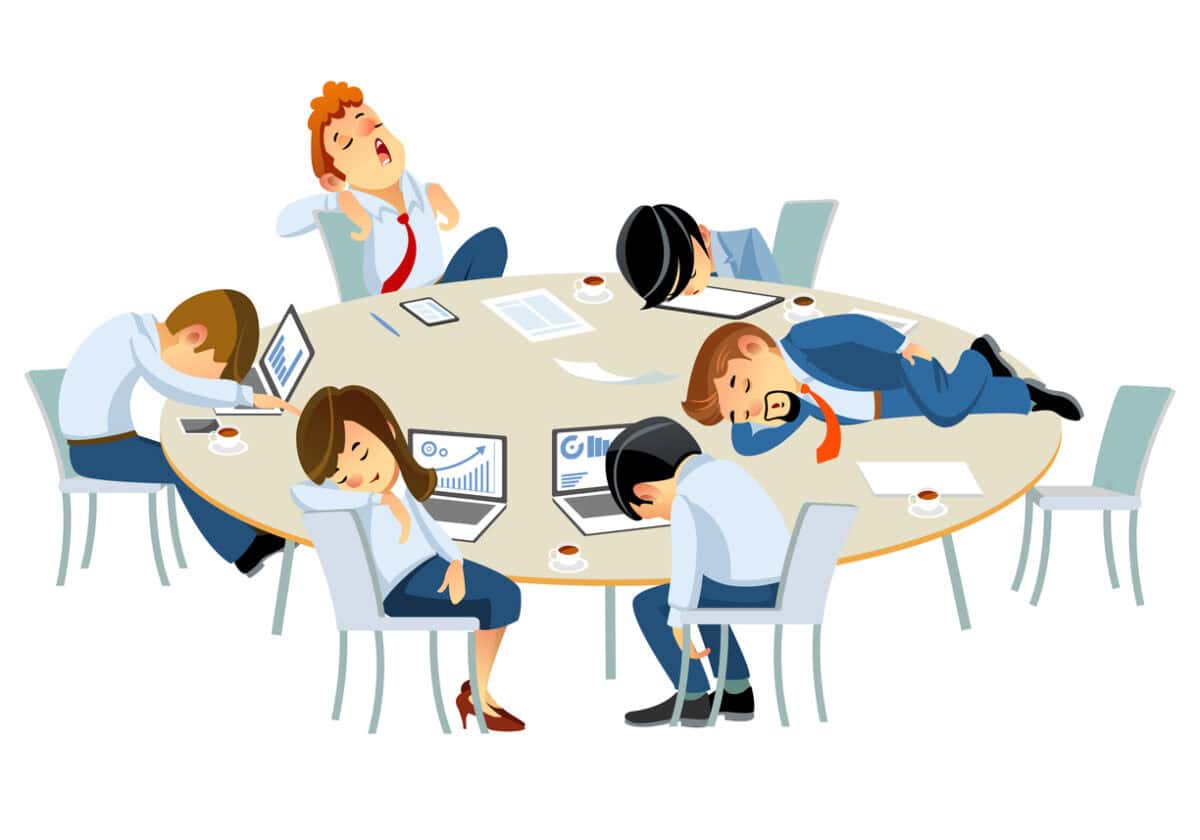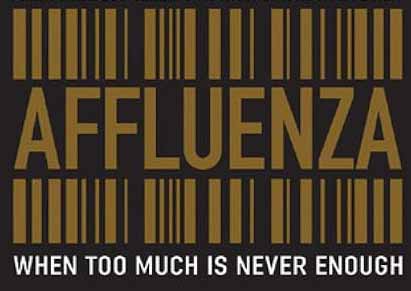The first psychosocial hazards book
It has taken some time for an Australian to produce an affordable book on managing psychosocial hazards in the workplace. I have reservations about The Science of Happy Employees, self-published by Dr Brenda Jamnik. It is not the book I would write if I ever got off my arse to write one, but it seems …






